-
Astronomers find water floating in planet-forming part of space
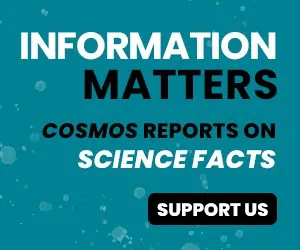
Astronomers have spotted water in space near a star similar to the Sun, potentially giving a glimpse into conditions that supported formation of planets like Earth. The young sun ‘HL Tauri’ is located about 450 light-years away in the constellation Taurus. Using the Atacama Large Millimeter/submillimeter Array (ALMA) in Chile, teams have observed water vapour…
-
NASA’s James Webb Space Telescope mission
Refresh 2024-02-29T09:06:13.294Z Small galaxies packed a punch in the early universe An illustration shows the James Webb Space Telescope as it studies an array of dwarf galaxies (Image credit: NASA/ESA/Robert Lea) Using the James Webb Space Telescope, astronomers have observed small galaxies that existed when the universe was less than 1 billion years old, finding…
-
Space and Astronomy Books for Kids Ages 8+

On Monday, April 8, 2024, a total solar eclipse will cross North America, passing through Mexico, the United States, and Canada. Whether you’re lucky enough to be able to view from the path of totality or just heading out to watch the moon take a bite out of the sun, get your child excited for…
-
Webb Snaps Breathtaking New Image of NGC 1559
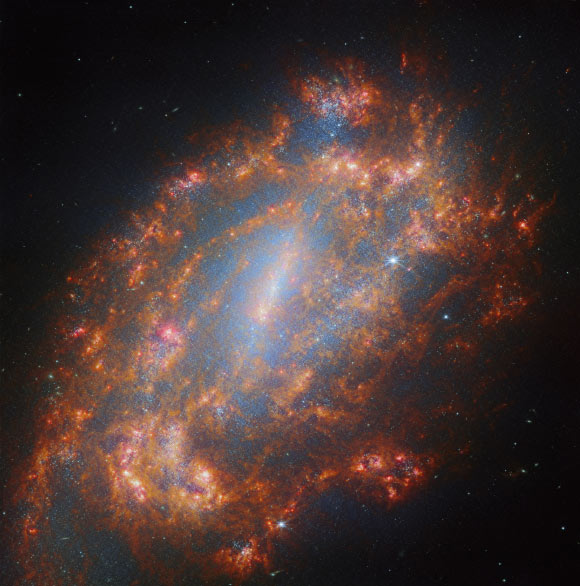
The NASA/ESA/CSA James Webb Space Telescope has captured a new photo of the barred spiral galaxy NGC 1559. This Webb image shows NGC 1559, a barred spiral galaxy some 32 million light-years away in the constellation of Reticulum. Image credit: NASA / ESA / CSA / Webb / A. Leroy / J. Lee / PHANGS…
-
Webb Snaps Breathtaking New Image of NGC 1559
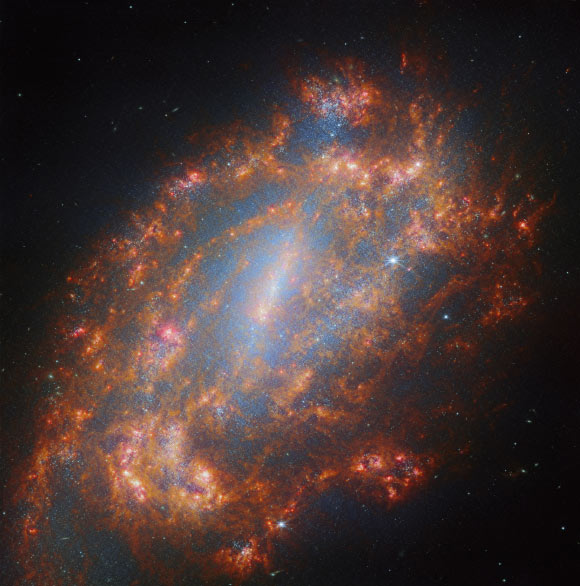
The NASA/ESA/CSA James Webb Space Telescope has captured a new photo of the barred spiral galaxy NGC 1559. This Webb image shows NGC 1559, a barred spiral galaxy some 32 million light-years away in the constellation of Reticulum. Image credit: NASA / ESA / CSA / Webb / A. Leroy / J. Lee / PHANGS…
-
To infinity and beyond! How India is creating a space for itself in the Space Industry

At the Vikram Sarabhai Space Centre in Thumba, Kerala, Prime Minister Narendra Modi announced the names of four astronauts chosen for India’s first manned space mission, Gaganyaan. The astronauts are all officers from the Indian Air Force: Group Captain Prasanth Balakrishnan Nair, Group Captain Ajit Krishnan, Group Captain Angad Pratap, and Wing Commander Shubhanshu Shukla.…
-
Astronomers narrow down where ‘Planet Nine’ could be hiding by playing massive game of ‘connect the dots’
Scientists have narrowed down the likely hiding place of the elusive “Planet Nine,” after ruling out more than three-quarters of the hypothetical world’s suspected orbital pathway. In a new study, the researchers — who have been looking for the planet for almost a decade — said they believe they could find the elusive world in…
-
James Webb Space Telescope finds ‘extremely red’ supermassive black hole growing in the early universe
Using the James Webb Space Telescope (JWST), astronomers have discovered an “extremely red” supermassive black hole growing in the shadowy, early universe. The red hue of the supermassive black hole, seen as it was around 700 million years after the Big Bang, is the result of the expanding universe. As the universe balloons outward in…
-
Eris and Makemake unveil surprisingly active natures to the JWST
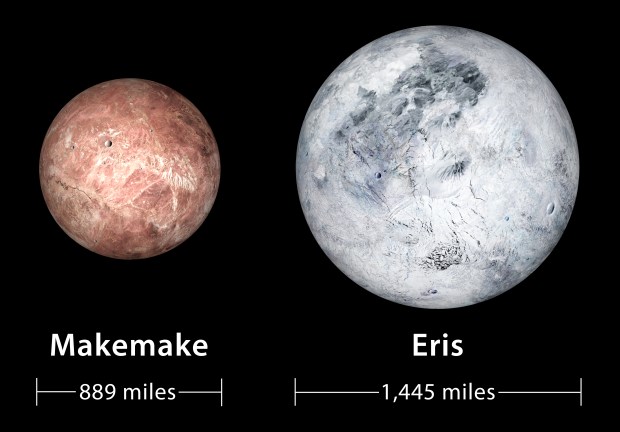
Eris and Makemake are comparable in size to Pluto and its moon Charon. Credit: SwRI The vast, icy Kuiper Belt isn’t high on the list of places you’d think have relatively active worlds, but a pair of new studies shows that at least two dwarf planets are possibly geologically active. The studies — both published…
-
22 amazing facts about space and astronomy
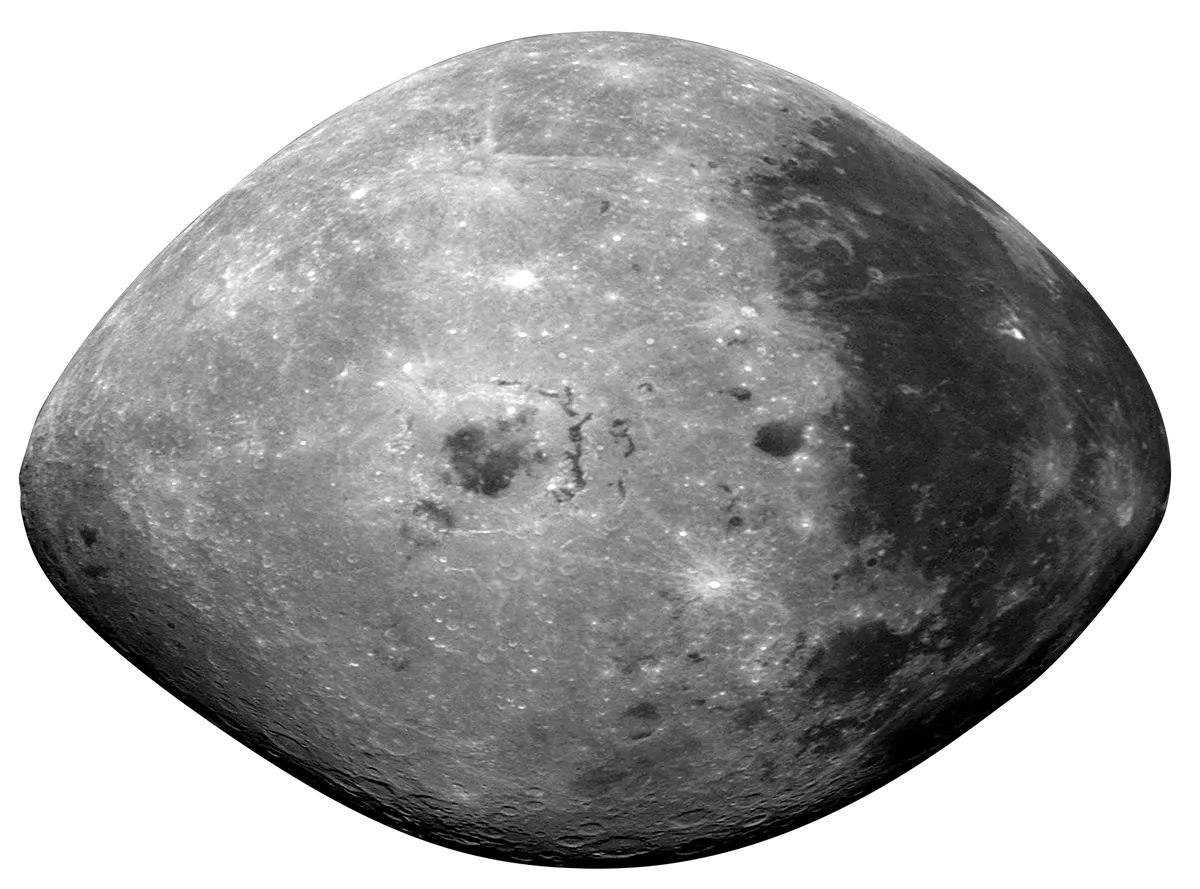
Space is vast, and filled with weird and wonderful things, including amazing facts about it. Some of the bizarre inhabitants and phenomena of our Universe are more astounding than even the most extreme sci-fi or space movie. This selection of some of the most mind-boggling facts about our cosmos takes a bite-sized look at our…